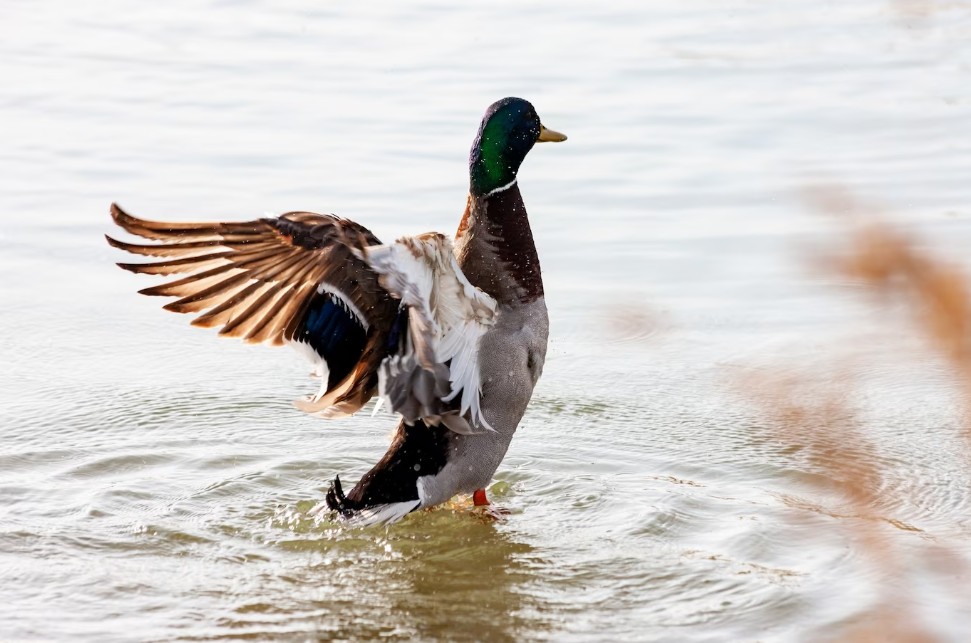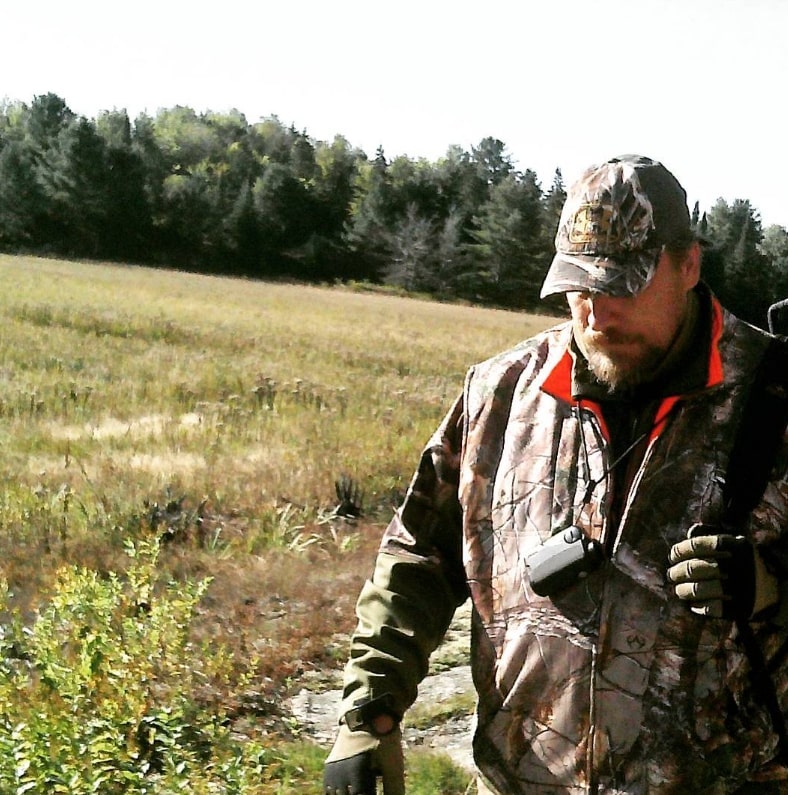Hunting Ducks


Hunting Ducks
Duck hunting is a thrilling and rewarding sport. It is enjoyed by many hunters in the United States and Canada. However, it is a sport that demands a high level of skill, preparation, and awareness of the migration patterns of ducks.
In North America, there are two primary duck migration routes known as the Central Flyway and the Atlantic Flyway. These routes cover vast areas of North America. They extend from the Arctic tundra of Canada down to the Gulf of Mexico and the Caribbean. The migration of ducks is dependent on their need to rest and feed. Additionally, it is heavily influenced by factors such as weather conditions, food availability, and water levels.
As ducks migrate along these routes, they typically stop at specific locations known as staging areas to rest and feed. These staging areas are critical to the success of duck hunting. By locating these areas, hunters can set up blinds and decoys to attract ducks and increase their chances of success.
The Central Flyway is known for its key staging areas such as the Platte River in Nebraska, Cheyenne Bottoms in Kansas, and the Texas coast. These areas attract large numbers of ducks. Consequently, they are prime hunting locations. Similarly, the Atlantic Flyway boasts popular hunting destinations like the Chesapeake Bay in Maryland, Long Island in New York, and the Outer Banks of North Carolina. In these locations, hunters can spot ducks in great numbers.
To be successful in duck hunting, hunters must pay close attention to the migration patterns of ducks. They should adjust their strategies accordingly. Hunters should scout potential hunting locations, set up decoys, and practice mimicking the sounds of ducks. This makes their hunting location more attractive to passing flocks. They must also exercise patience and persistence. This involves waiting for ducks to arrive and being willing to adjust their strategies if necessary.
Hunters should always follow hunting regulations and ethical hunting practices. This ensures the sustainability of the duck population. Additionally, hunters should prioritize their own safety. Wearing appropriate clothing and gear and using firearms safely and responsibly is crucial. Being aware of potential risks associated with hunting in different environments, such as wetlands or open water, is also important.
Overall, duck hunting is a challenging and rewarding sport that demands a high degree of skill, patience, and awareness. Understanding duck migration patterns is crucial for success. Hunters must be willing to adapt to changing conditions to ensure a memorable hunting experience.
- 104
- 3247





1 Comment
[…] Landowners: If you’re hunting private property, speaking with landowners can give you access to prime locations and firsthand knowledge of duck activity. […]
March 25, 2025 - 5:24 pmComments are closed.